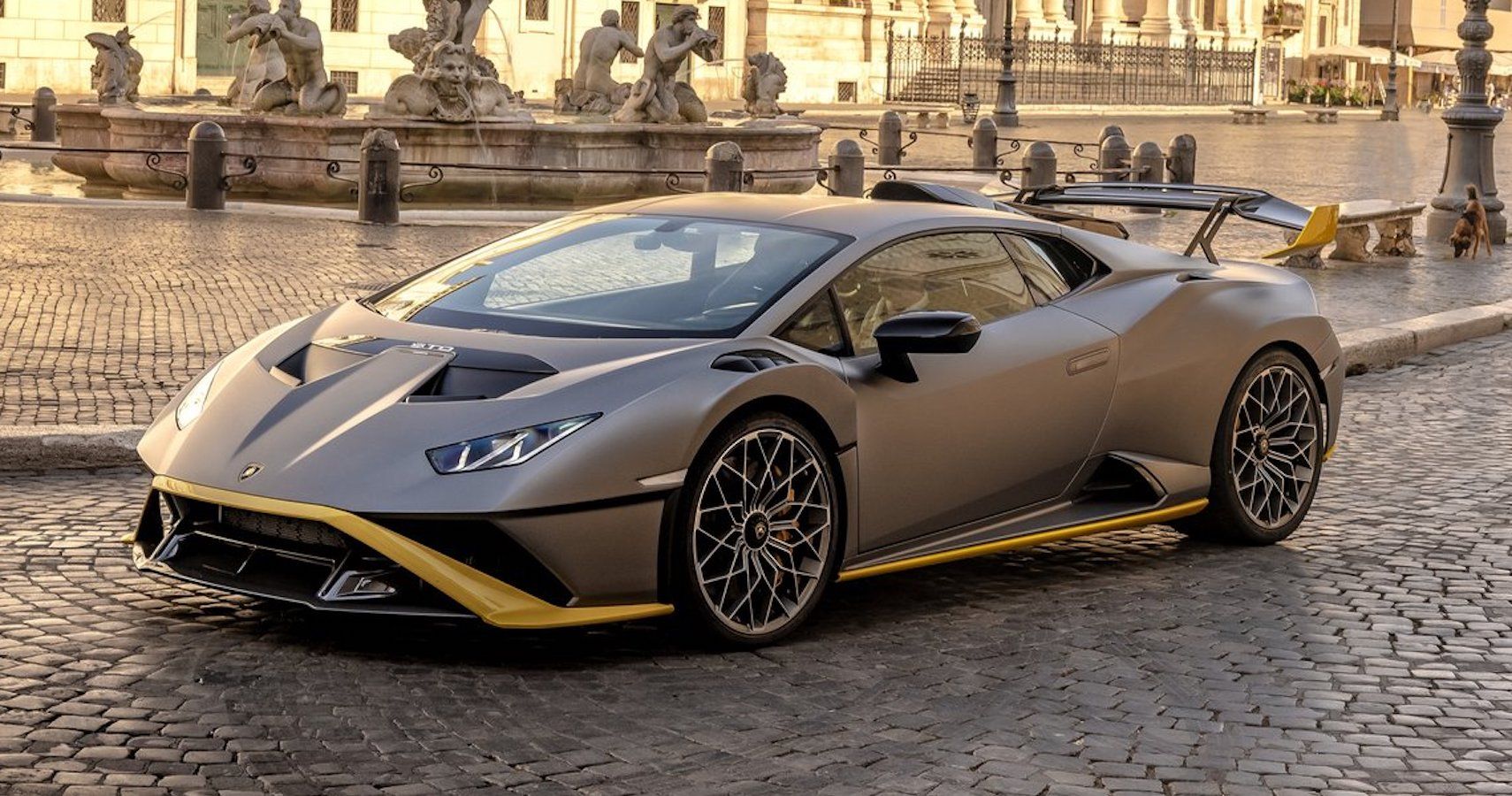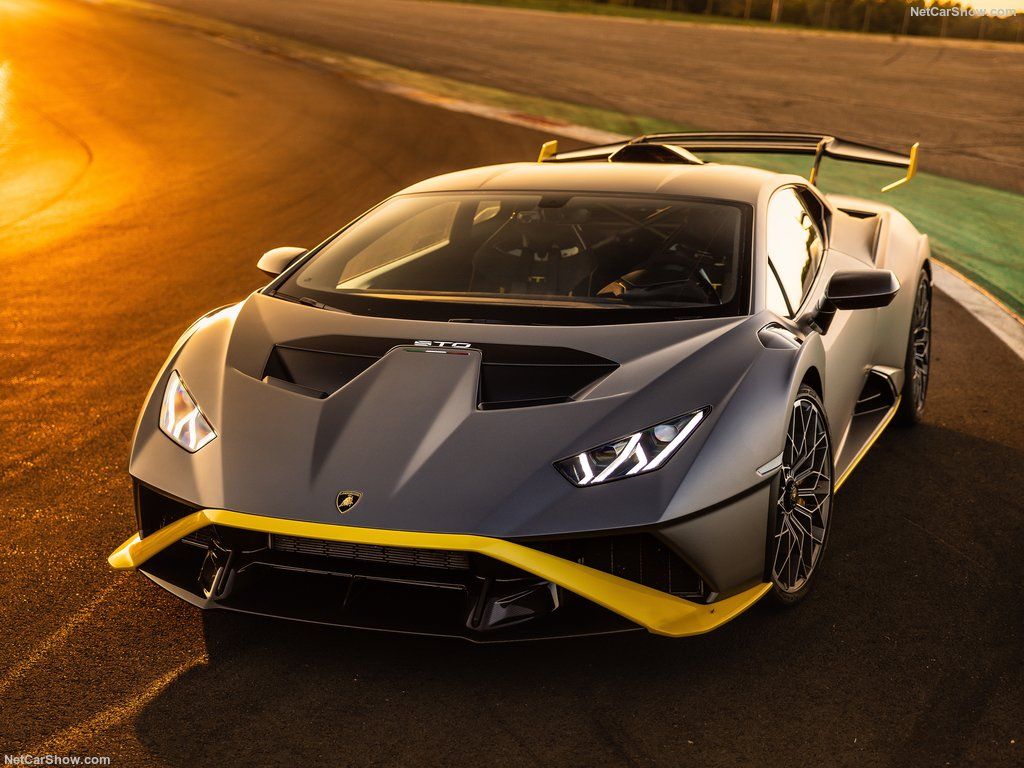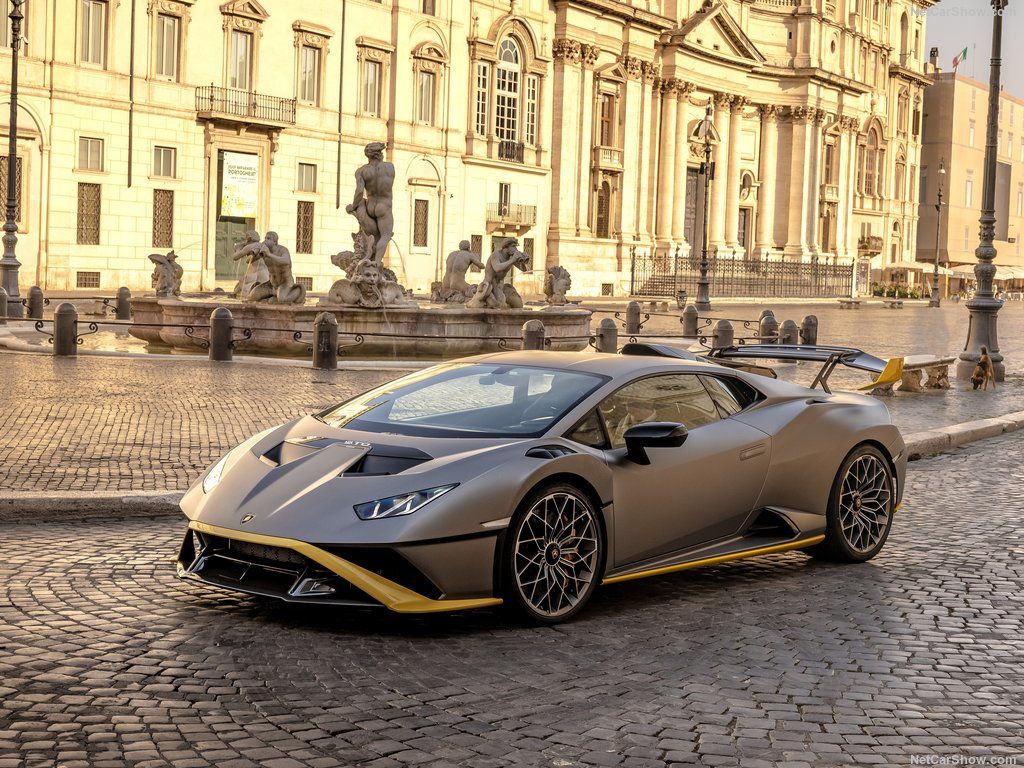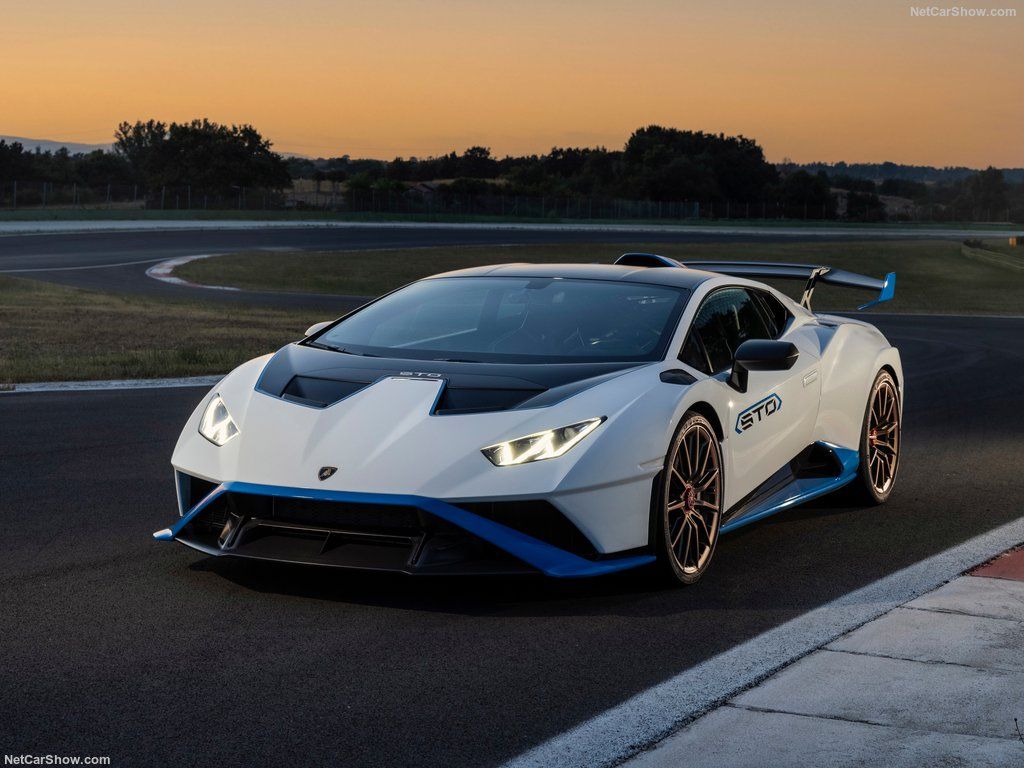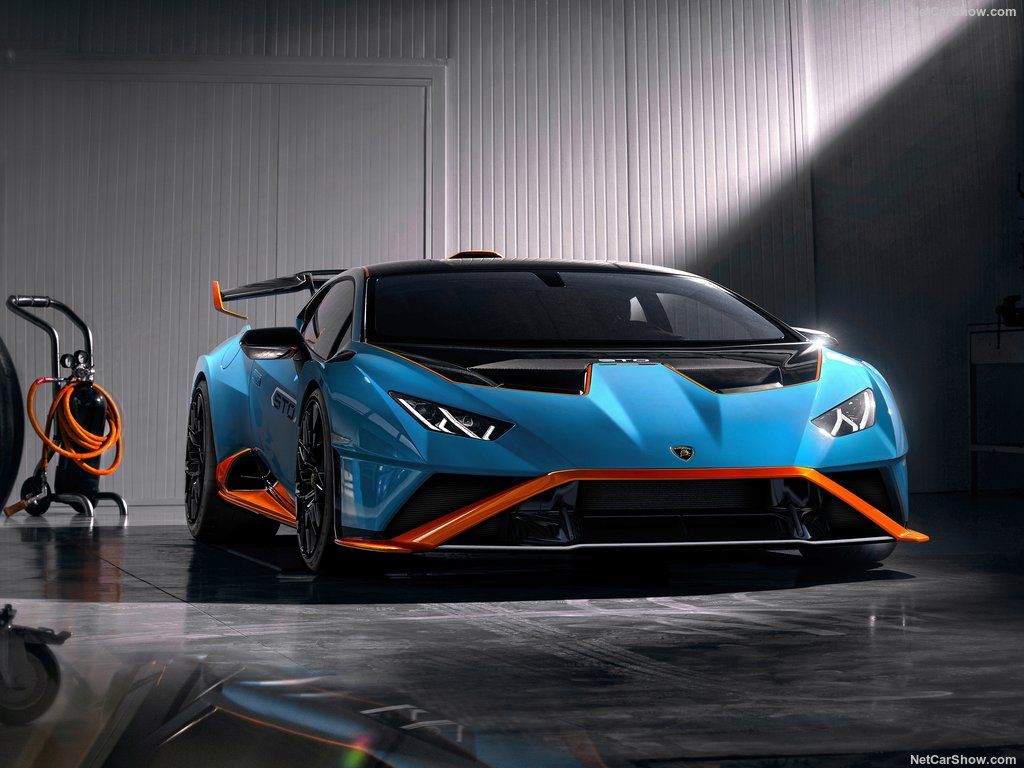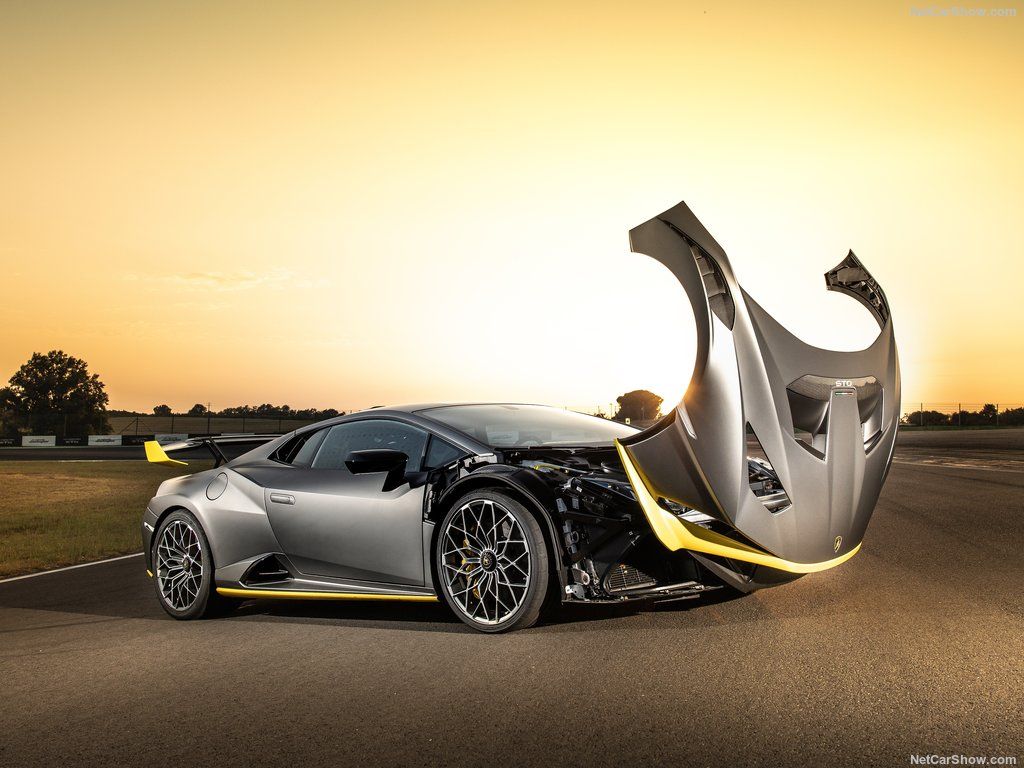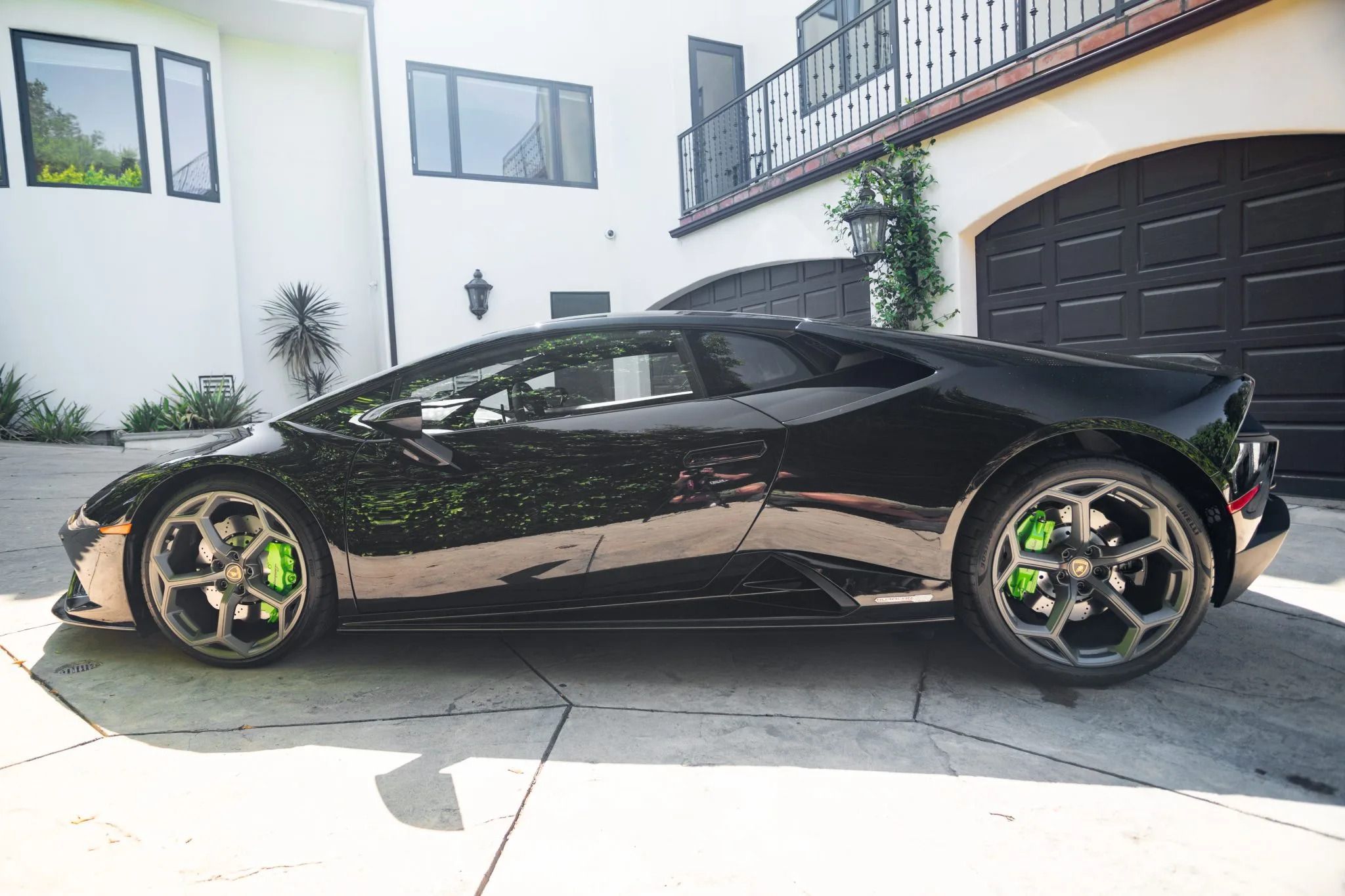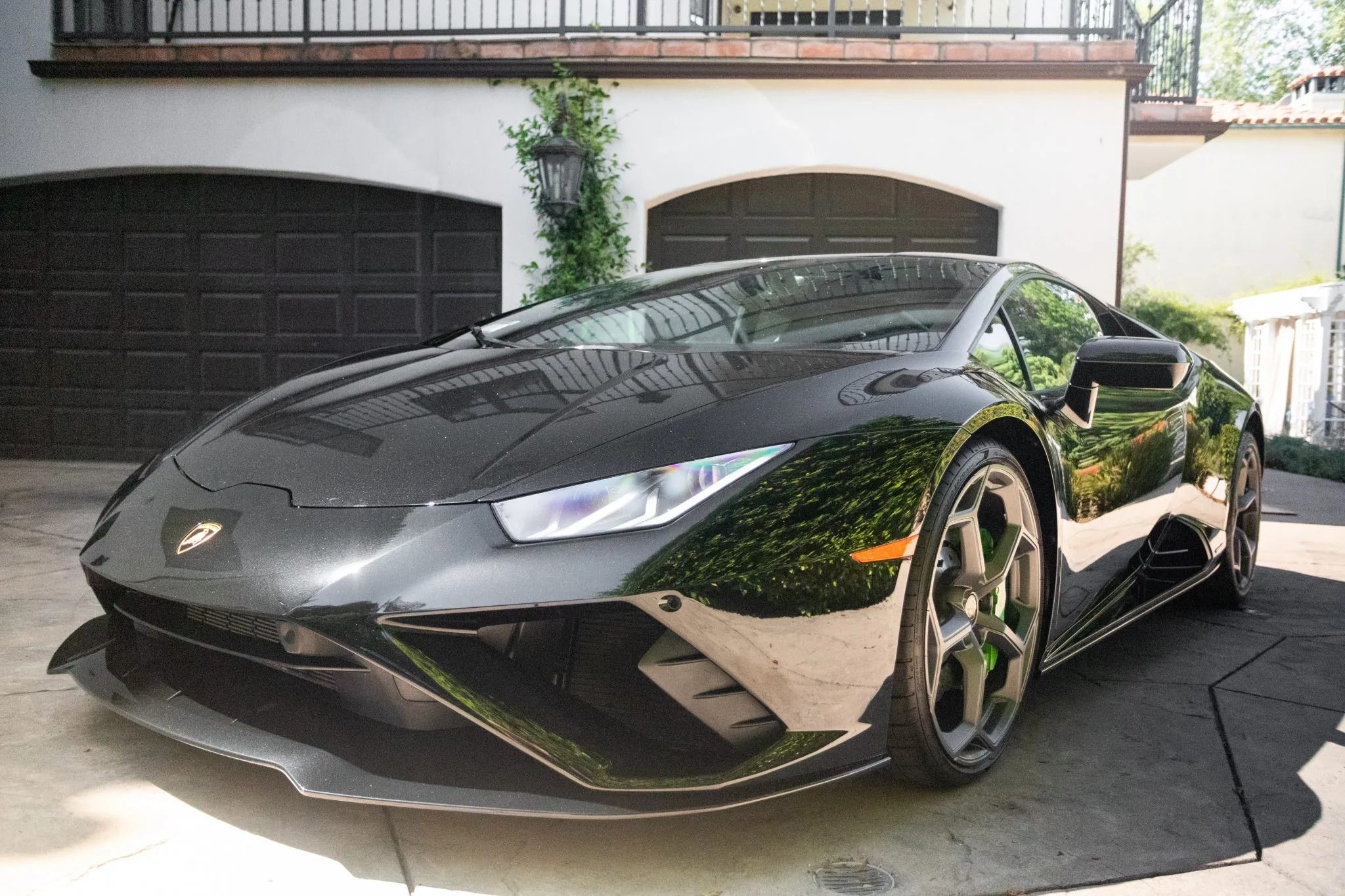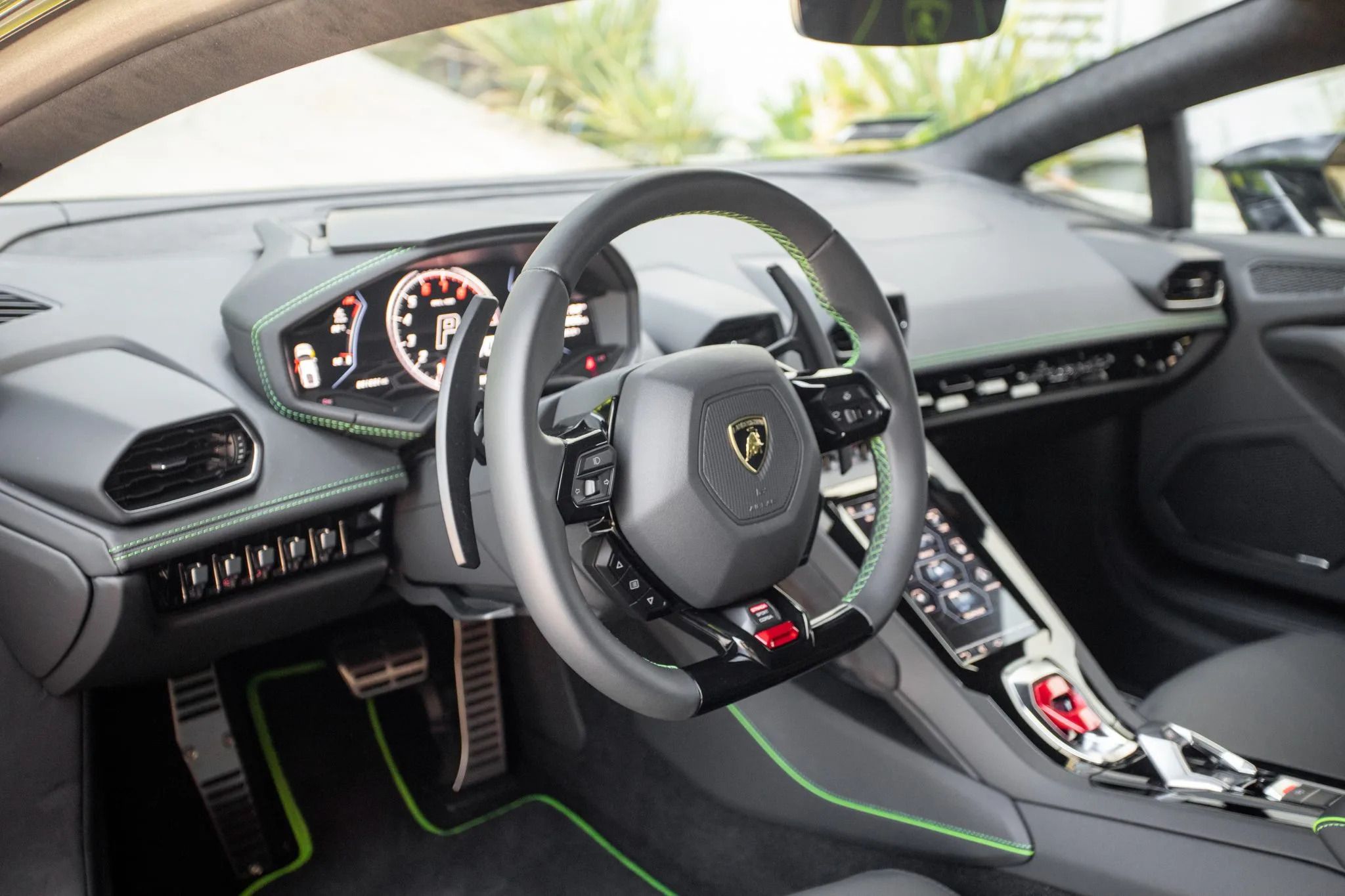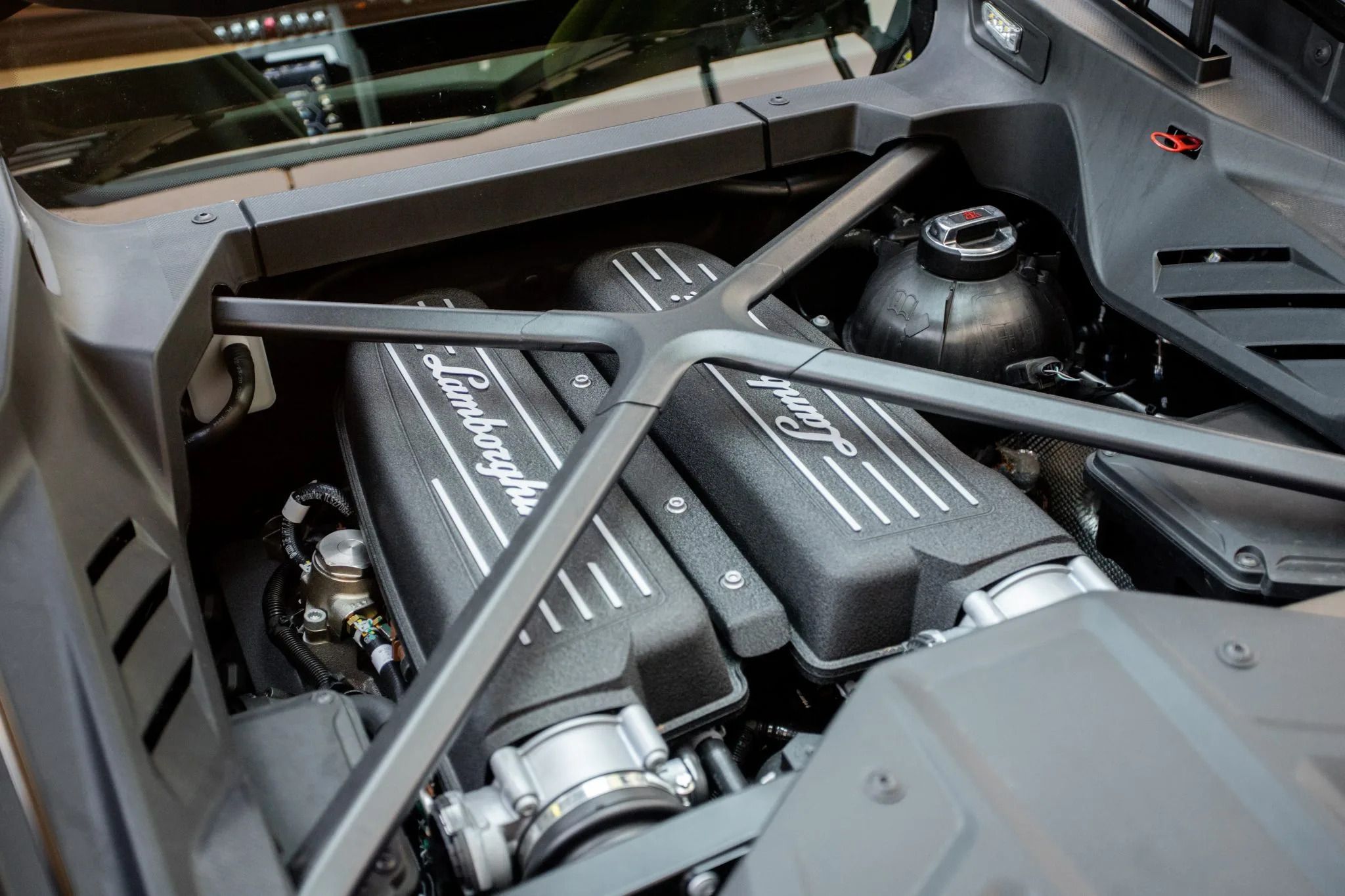From its humble roots as a tractor manufacturer, Lamborghini has become one of the most iconic and renowned marques of supercars in the world. The exotic Italian roadsters are not only luxurious and strikingly beautiful, but they are also among the best performing sports cars on the road.
In 2021, the Huracán was Lamborghini's best-selling supercar, offered in several models: the Evo coupe in either an AWD or RWD configuration, the Evo Spyder also with AWD or RWD, the Evo Fluo Capsule, and the Huracán STO.
Priced in the $200,000 range, the Huracán models compete with some of the best supercars on the market, including the Ferrari Roma, Porsche 911 Turbo S, McLaren 720 S, and Audi R8, among others.
2021 Lamborghini Huracan
- Stunning body style
- 5.2-liter V-10 mid-engine
- Choice of RWD or AWD
- Lamborghini's CCM-R brakes (carbon-ceramic)
- Engine/Motor: 5.2-liter V-10
- Horsepower: 602 - 631 hp
- Torque: 417 lb.-ft. at 6500 rpm
- Drivetrain: RWD, AWD
- Transmission: Seven-speed dual-clutch automatic
- Exceptional performance capabilities
- Relatively easy entrance and exit
- Exhilarating V10 engine sound
- Unparalleled braking power
- Remarkably comfortable ride for a supercar
- Minimal interior storage
- Minimal cargo capacity
The 602-HP Engine Produces A Symphony Of Sound
The Huracán's uniquely sculptured body design (based on a carbon atom's hexagonal form) and the seamless roof profile, draw attention everywhere. However, it's the powertrain and its magnificent roar as it revs toward the 8500-rpm redline that turns most heads.
Edmunds engineers noted during Huracán testing, "It's rare that a car stops all other work at our testing facility, but the Huracán STO brought everyone over to the acceleration straight to watch and listen to one of the best-sounding engines on sale today. Some people covered their ears while others happily went a little deaf."
On the Huracán coupe or the Spyder convertible, the naturally aspirated DOHC 40-valve 5.2-liter V-10 featuring port and direct fuel injection and aluminum block and heads develops an impressive 602 horsepower on the rear-wheel-drive models and 631 hp at 8000 rpm with 417 lb-ft of torque at 6500 rpm on the all-wheel-drive versions and the STO model. Positioned behind the cabin, the engine mates to a seven-speed dual-clutch automatic transmission on both the RWD and AWD configurations.
Blistering Acceleration With RWD Or AWD
During Edmund's testing, the AWD Huracán Evo rocketed to 60 mph in a mere 2.8 seconds, reached the quarter mile in 10.5 seconds at 136 mph, and took a mere 19.9 seconds to achieve 170 mph. The RWD Huracán STO was 0.2 seconds slower to 60 mph and arrived at the quarter mile mark in 10.9 seconds at 125.9 mph. Better traction accounts for the slightly faster times for the all-wheel-drive Huracán Evo.
In 2021, buyers may have chosen an RWD model, even if it was slower than the AWD, for its traditional, rear-wheel-drive sports car control and "feel." The RWD also costs less. The MSRP difference of nearly $53,000 on the base models may have been significant enough to convince even a well-heeled buyer willing to shell out a quarter of a million dollars for a high-performance sports car, to buy the cheaper model.
The Lamborghini Huracán supercars come with several features that help them achieve their remarkable acceleration and handling characteristics.
Selecting Trofeo mode with a rocker switch at the bottom of the steering wheel enables the Launch control (LC), and a switch near the top, center of the dash activates the electronic stability control (ESC) improving the Huracán's stability by detecting and reducing loss of traction during skidding.
The AWD Huracáns benefit from rear-wheel steering that enhances agility. Furthermore, all drive layouts employ the Lamborghini Dinamica Veicolo Integrata (LDVI), an integrated program that controls all Huracán 's systems: traction, steering, and braking.
While the Huracán's acceleration and handling capabilities are extraordinary, perhaps the most remarkable feature is the supercar's brake system.
Lamborghini's CCM-R brakes (carbon-ceramic) boast four times the thermal conductivity of standard carbon-ceramic brakes and 25% more outright stopping power. The Huracán's brakes tolerate much harder application for a longer time than regular carbon-ceramic brakes.
Edmund's tests resulted in a stopping distance of 98.2 feet from 60 mph and fade was nearly undetectable even after 30 laps on the track.
Interior Focus On Performance
The Huracán has a remarkably comfortable ride for a car with performance specs that rival many race cars. However, the supercar is less than ideal for a long journey. Other than some small door pockets, the car has almost no interior storage, and the front trunk has space only for small baggage.
Lamborghini spent its money on performance assists for the Huracán that help the driver maintain control at high speed and make the supercar one of the best performing vehicles on the road today.
Advanced driver-assistance systems typical of other vehicles with state-of-the-art technology are largely absent from the Huracán except for front and rear parking sensors and the standard review camera.
The infotainment system has features competitive with most modern-day luxury cars. The 8.4-inch touchscreen offers gesture control for functions such as navigation, the audio and video system, climate settings, seat adjustments, and other media content. Apple CarPlay and Amazon Alexa integration provide voice-control technology that reduces distracted driving.
Appreciation Makes The Huracán A Good Investment
In 2021, Lamborghini listed base prices for its Huracán as follows: Evo $213,104, Evo Spyder $233,961, Fluo Capsule $287,498, and Huracán STO $331,533.
AWD capability added a significant bump to the price. For example, the Huracán Evo AWD carries a price tag over $50k higher than the RWD variant.
While the prices of new Huracán models in 2021 exceeded the $200,000 mark, making them unobtainable for most enthusiasts, the current resale prices close to $300,000 for one-year-old cars make ownership even more difficult.

